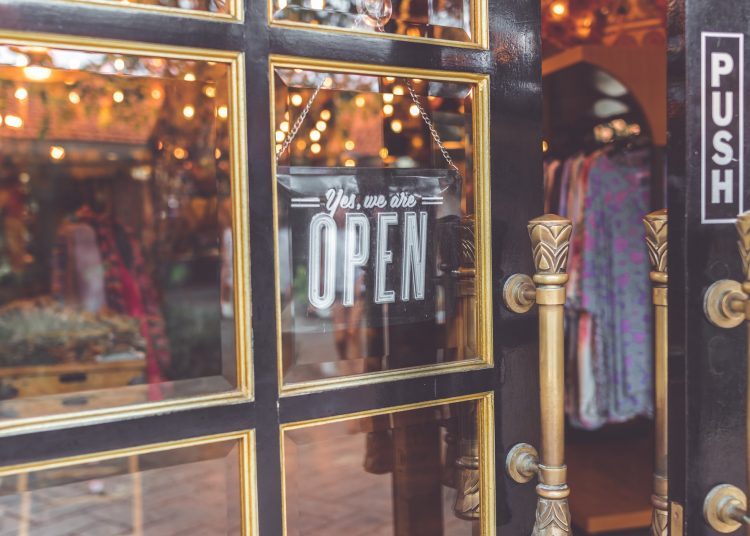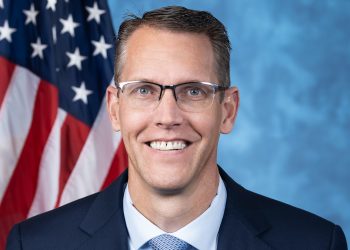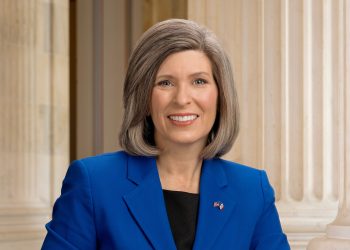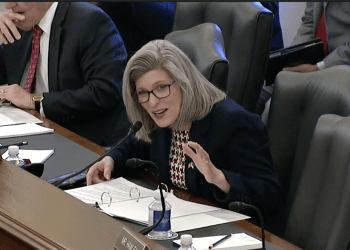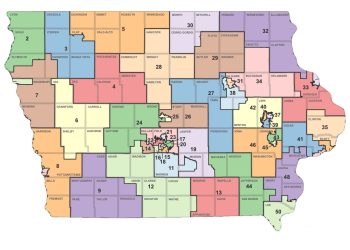DES MOINES, Iowa – The NFIB Research Center released its latest COVID-19 survey on the impact the pandemic has had on small businesses. This survey was conducted after the Consolidated Appropriations Act of 2021 (CAA) was signed into law, which reopened and modified targeted federal programs established to help small businesses.
The economic strain on small businesses appears to be easing just slightly for some owners with 15 percent reporting they will have to close their doors if economic conditions don’t improve soon, down from 25 percent two months ago. Small employers are also monitoring the debate surrounding increasing the federal minimum wage, which 74 percent of them say would negatively impact their business.
“While Iowa small businesses owners are grateful for the much needed lifeline that the Paycheck Protection Program has given, allowing them to keep their doors open and maintain employees on their payroll, there’s another big fear keeping our hard working small business owners up at night,” said Matt Everson, NFIB State Director in Iowa. “The threat of a $15 minimum wage would be devastating to 75 percent of our small business owners here in Iowa. Nearly 90 percent of small business owners will have to increase prices if this becomes law. Here in the Midwest, we are blessed with a low cost of living. More than doubling the minimum wage would have a disastrous impact on our small business owners, many who have already been harmed by the COVID-19 pandemic.”
Key findings from the survey include:
As increasing the federal minimum wage is being debated, most small business owners already pay above the current minimum wage.
- Four out of five small employers have no full-time or part-time employees who are currently paid the minimum wage or less.
Increasing the federal minimum wage not only increases the wages of those positions that fall under $15 per hour, but often increases many of the wages for those positions above $15 per hour.
- About two-thirds of small employers pay one or more of their employees less than $15 per hour.
- Of all small business employers, 19% would have to raise wages for all of their employees earning just above $15 and 22% would have to raise wages for most of their employees.
- Another one-in-four report they would have to raise wages for all their employees.
An increase in the federal minimum wage to $15 per hour over five years would negatively impact almost three-fourths of all small employers.
- Seventy-four percent of small employers report that this proposal would negatively impact their business.
Of those employers who would be negatively impacted, 89% report that they would experience lower earnings and 87% report that they would increase prices.
- Fifty-eight percent report that they would reduce their number of employees, 60 percent report they would reduce employees’ hours, 67% report they would leave open positions unfilled, and 56 percent would increase the use of less expensive or part-time employees.
Almost two-thirds (63%) of 2020 PPP borrowers have applied for loan forgiveness.
- Another 20 percent are not yet ready to apply for forgiveness.
- Eighteen percent are ready to apply but their lenders are not yet accepting applications.
- Sixty-two percent of those who have applied for PPP loan forgiveness have received final confirmation of their approved forgiveness amount from the SBA.
Of those owners who did not receive a first-draw PPP loan in 2020, about one-third have either applied for a first-draw PPP loan in 2021 or are planning to apply.
- The remaining 70 percent are not planning to apply for a first-draw PPP loan.
Of those owners who did receive a first-draw PPP loan in 2020, 30% have already applied for a second-draw PPP loan and 23% are planning to apply or considering it.
- Forty percent of those who have applied for a second-draw PPP loan have been approved and 4% have been denied.
- Over half (56 percent) have not yet heard from their lender.
- Most of those who applied used the same lender as with their first PPP loan.
The COVID-19 pandemic severely impacted almost all small businesses at the onset, but since then the economic recovery has been uneven.
- Sales levels are at 50 percent or less than they were pre-crisis for 15 percent of small businesses with another 24 percent at sales levels of 51 to 75 percent of pre-crisis levels.
- Forty percent are back or nearly back to where they were with sales between 76 to 100 percent of pre-crisis levels.
- Twenty percent are exceeding pre-crisis sales levels.
Fifteen percent of small business owners report that they will have to close their doors if current economic conditions do not improve over the next 6 months, down from 25% two months ago.
- Another 17 percent of owners anticipate they will be able to operate no longer than 7-12 months under the current economic conditions.
- Just over two-thirds (68 percent) are better situated and do not anticipate any near-term problems.
Most small business owners do not expect business conditions to improve to normal levels until later in 2021 at the earliest.
- Just 5 percent of owners report that conditions are back to normal now.
- About one-third (34 percent) of owners anticipate it taking until sometime in 2021 and 39 percent anticipate sometime in 2022.
- Twenty-two percent of owners are less optimistic and don’t believe conditions will fully improve until 2022.
This publication marks NFIB’s 15th Small Business COVID-19 survey assessing the health crisis impact on small business operations, economic conditions, and utilization of the targeted small business loan programs. The first series was published in early March 2020 with subsequent publications every 2-4 weeks, found here.



